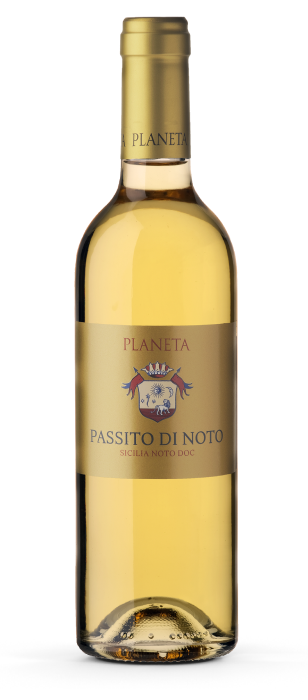In 1998 we founded our estate in the district that, not by chance, has always been called “Buonivini”. We were enthusiastic about the idea of coming to discover the oenological potential of this land, the cradle of Nero d’Avola, which after a centuries-old history remained almost unexpressed in the present: here we faced the most tiring and the most beautiful challenge, to give back identity and future to a great Sicilian wine-growing area.
The beauty of these hills, where the vineyards open up between expanses of almond trees, descending towards the sea, has made us responsible for seeking maximum integration into the landscape, with the least possible impact. Sustainability and hospitality in an informal atmosphere attentive to nature have characterized this project from the very first day, with the birth of the Invisible Cellar and the restoration of the Palmento and the Case Sparse.
The exposure of the gentle hills of Buonivini, the white and calcareous soils, the influence that rises from the junction of the two seas, create the best conditions for its vines to grow at their best and give life to great wines. Here Nero d’Avola and Moscato grow alongside almonds, carob trees and olive trees, the symbolic plants of the Mediterranean environment.
Noto was the third stop on our journey through Sicily

Buonivini. The Invisible Cellar
- Estate since 1998
- Total hectares 41
Born from the desire to minimize the environmental impact, the Invisible Cellar is the symbol of our presence in the Noto area. The project, completed in 2003, is still absolutely innovative today and is an expression of a perfect synthesis between respect for the territory, technical needs and architectural solutions.
The winery – although daring with its clean and squared lines – is hidden inside a natural slope of the hill, so that only the garden of fruit trees and aromatic herbs that covers it remains visible on the surface. The first level, dedicated to the winemaking process, seems to dialogue directly with the vineyard in front of it through the large window. The second level descends entirely underground, protecting the barrique cellar at a controlled temperature.









